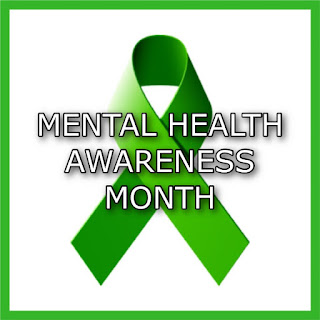Newly armed with a name for the collective demons I faced, I started fighting back (or at least trying to manage my world) with everything I had at my disposal—which at the beginning wasn't much because my doctor didn’t think I needed medication. So I launched into a homemade cocktail of deep breaths, internal pep talks, more-informed behaviors and decisions, reading everything I could find, looking for a new doctor who might have more powerful (i.e., pharmaceutical) tools for me to use … and the expectation that I might at any moment need to just retreat to the safety of my condo in the sky to regroup and start again the next day.
I also became self-aware enough to start being embarrassed by things I did in public … mostly bouncing around as though I were on fire, being so down I’d no-show at events I promised to attend, and in more than one instance literally running away when someone tried to introduce me to a friend.
So I did what any self-respecting writer would do: I turned to social media to start explaining myself and apologizing for being so damn weird. And to my surprise, I almost immediately started getting understanding, support … and thanks from people in similar situations for being so open about my mental illness and the challenges it brought me.
Eventually someone suggested that I start a blog to document my thoughts, feelings, experiences, and the highs and lows of my journey. So I launched TMIpolar (get it? It’s BI polar but I overshare so it’s TMI polar, which I will go to my grave thinking is one of my most clever linguistic inventions) and backfilled it with everything I’d posted and started filling it with my new adventures.
There is also a book in the works, but the prospect of organizing my thoughts into something approaching legitimate book form is so overwhelming that you shouldn’t start looking for it in bookstores until 2095.
In a weird way to think this is unfortunate, I unfortunately have been so stable in the last few years that I haven’t had much to post about any noteworthy ups and downs of my personal journey. But I’ve aggregated all my Mental Health Awareness Month essays along with other essays/thoughts/reviews/etc here for my own—along with anyone else’s—reference.
So scroll through my ramblings and even bookmark the site if you want. I’ve spent ridiculous amounts of time organizing things by keywords for your perusing convenience. And I hope it helps (or at the very least entertains) you if you find you need it.












